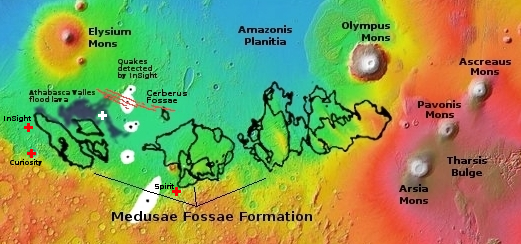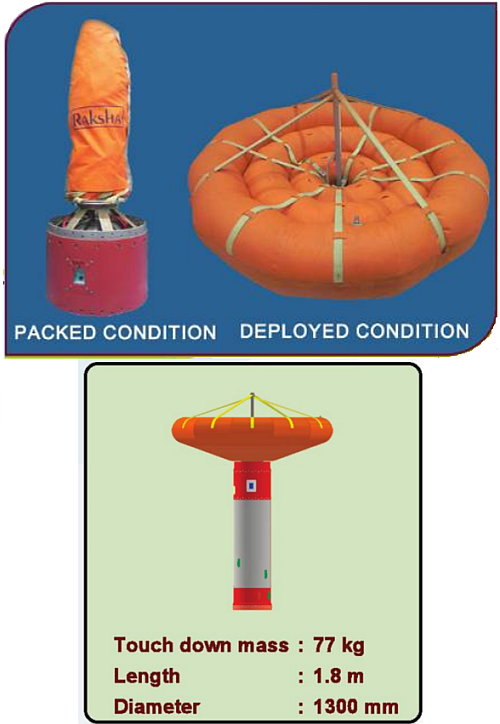Russia confirms Luna-25 delayed till next year

The landing zone for Luna-25 at Boguslawsky Crater
The head of Roscosmos, Yury Borisov, confirmed yesterday that the launch of Russia’s first lunar science probe since the 1970s has been delayed until 2023.
The Doppler speed and distance sensor made by the Vega Concern owned by the Rostech State Corporation, that could guarantee a soft landing, underperformed in terms of measurement precision, a source in the space industry told TASS in July. The launch will likely be postponed until 2023, the source added.
Russian sources had indicated in July that this delay was likely. Yesterday’s announcement merely made it certain.
This project has been under development for almost a quarter of century, which appears to be the average development time for government-run projects, whether in Russia or in the U.S. Just long enough to provide an almost entire career for bureaucrats.

The landing zone for Luna-25 at Boguslawsky Crater
The head of Roscosmos, Yury Borisov, confirmed yesterday that the launch of Russia’s first lunar science probe since the 1970s has been delayed until 2023.
The Doppler speed and distance sensor made by the Vega Concern owned by the Rostech State Corporation, that could guarantee a soft landing, underperformed in terms of measurement precision, a source in the space industry told TASS in July. The launch will likely be postponed until 2023, the source added.
Russian sources had indicated in July that this delay was likely. Yesterday’s announcement merely made it certain.
This project has been under development for almost a quarter of century, which appears to be the average development time for government-run projects, whether in Russia or in the U.S. Just long enough to provide an almost entire career for bureaucrats.









